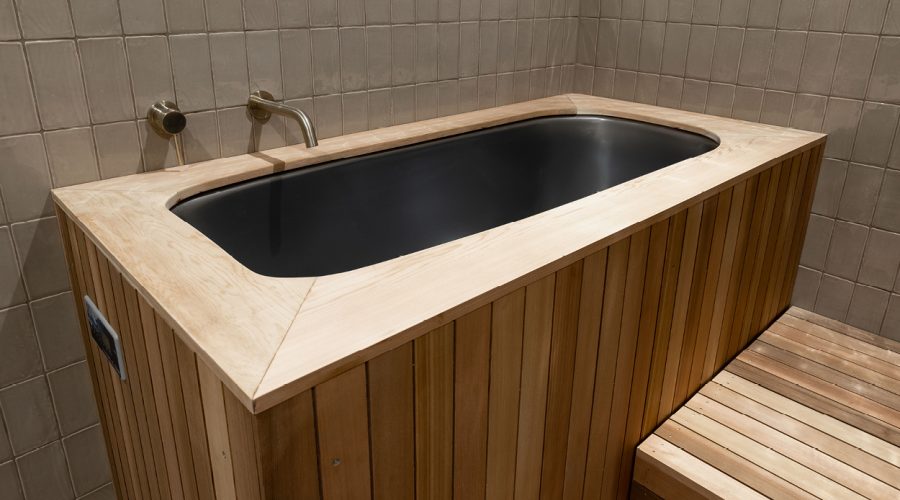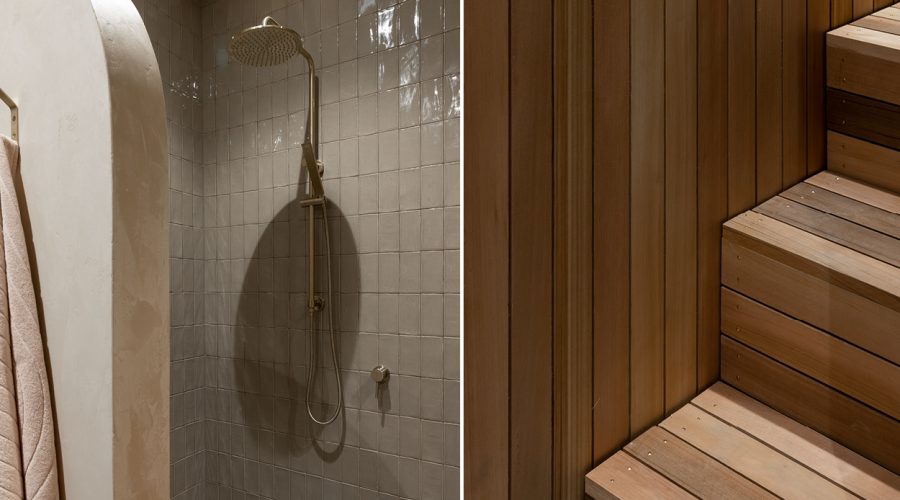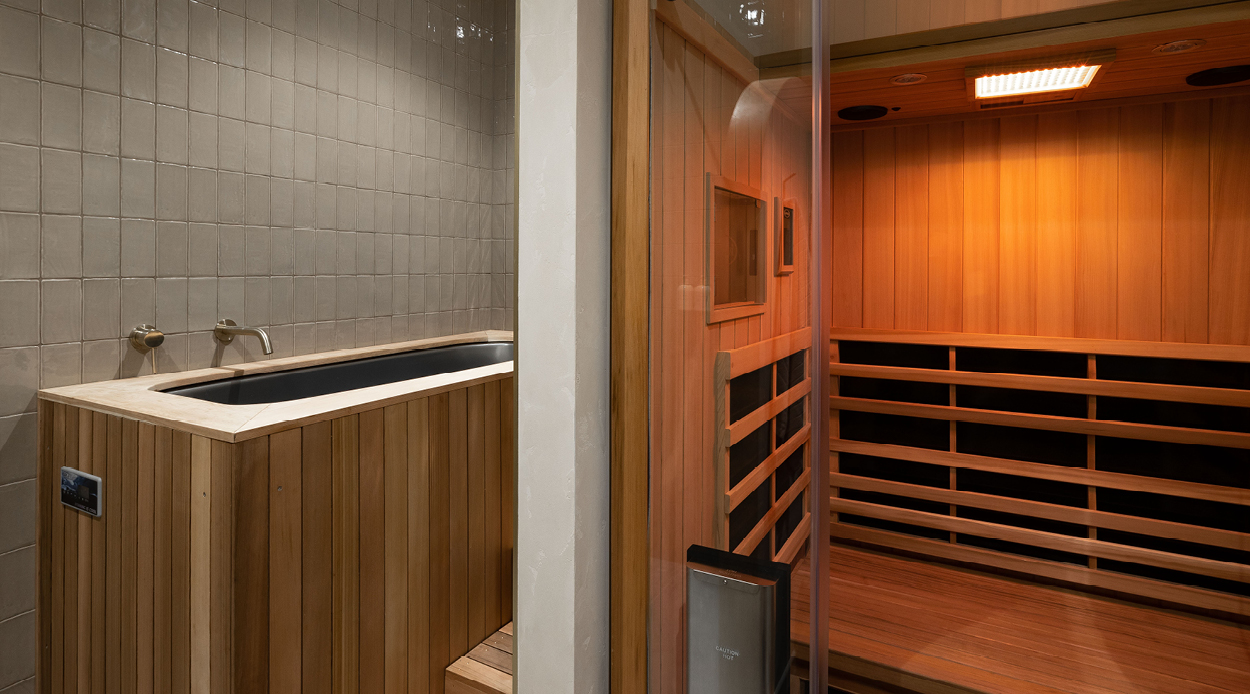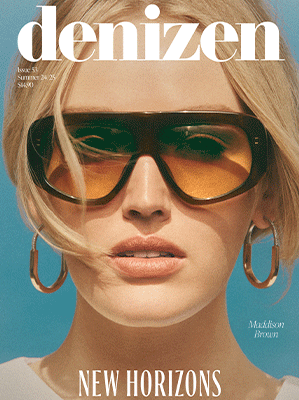The therapeutic use of hot/cold therapy dates back to ancient civilisations where water was used as a medium for transferring heat and cold to the body for the treatment of various ailments. Drawing from the wisdom of early hydrotherapy practices and current scientific research exploring the many benefits of exposing the body to extreme temperatures, Grey Lynn’s wellbeing haven, Hana, has opened the first contrast therapy room in Auckland.
Adding to their offering of infrared saunas and red light therapy, a fourth sauna treatment room has been created which combines an infrared sauna and an ice bath. A session begins with a pleasant 20 minutes of relaxation in the infrared sauna set at an optimal temperature of 70 degrees Celsius, which gradually heats the body from the inside out. The idea is to get as hot as possible before plunging immediately into the cold bath.

Despite visions you may have of ice cubes floating about in the bath, the specialty tub that Hana has installed allows for the temperature to remain at a consistent six degrees Celsius, no ice cubes required. Clients immerse themselves in the bath for a period of 1-4 minutes, depending on their tolerance levels. I lasted a reasonable 2.46 minutes in this first dip.
The transition from hot to cold is then repeated once more by returning to the welcoming warm sauna for a further 20 minutes, followed by one last plunge in the cold bath for up to 4 minutes. Interestingly I found it much easier to last the full 4 minutes on my second immersion. My session then ended with a shower and one incredibly invigorated demeanour.
So why on earth would you expose yourself to such torture you ask? The science behind it is very much a yin and yang approach to wellbeing. As the infrared wavelengths of light from the sauna penetrate into tissues, toxins are dislodged and released through sweating. This heat supports the dilation of blood and lymphatic vessels, encouraging circulation to flow to the periphery whereas immersions in the ice bath constrict these vessels to redirect circulation towards vital organs. The pulsing pump-like action of vessels created by contrast therapy helps flush waste out of the body and reduces inflammation and pain.

Exposing the body to these temperature extremes also triggers the production of heat shock and cold shock proteins, which repair damaged proteins and cells, increase immune system response and speed up muscle recovery. In situations where there is injury to muscles and other tissues, contrast therapy reduces inflammation and alleviates pain. It helps to speed up muscle recovery post-workout as well as combating fatigue after an intense workout.
Furthermore, regular cold immersions also increase metabolism, supporting healthy weight management. The cold shock response induced by ice water immersions has a protective effect on the brain and may reduce the risk of neuro-degenerative diseases such as Alzheimer’s.
So the benefits are pretty compelling, but how often does one need to expose themselves to such extremes for results? According to Hana owner Sara Higgins, “this depends on what you are trying to achieve from the treatment. If it’s for improving general wellbeing, a session a week would be hugely beneficial. If it’s to support an inflammatory condition or speed up muscle recovery post work-out or training, then more regular treatments will be required.”







